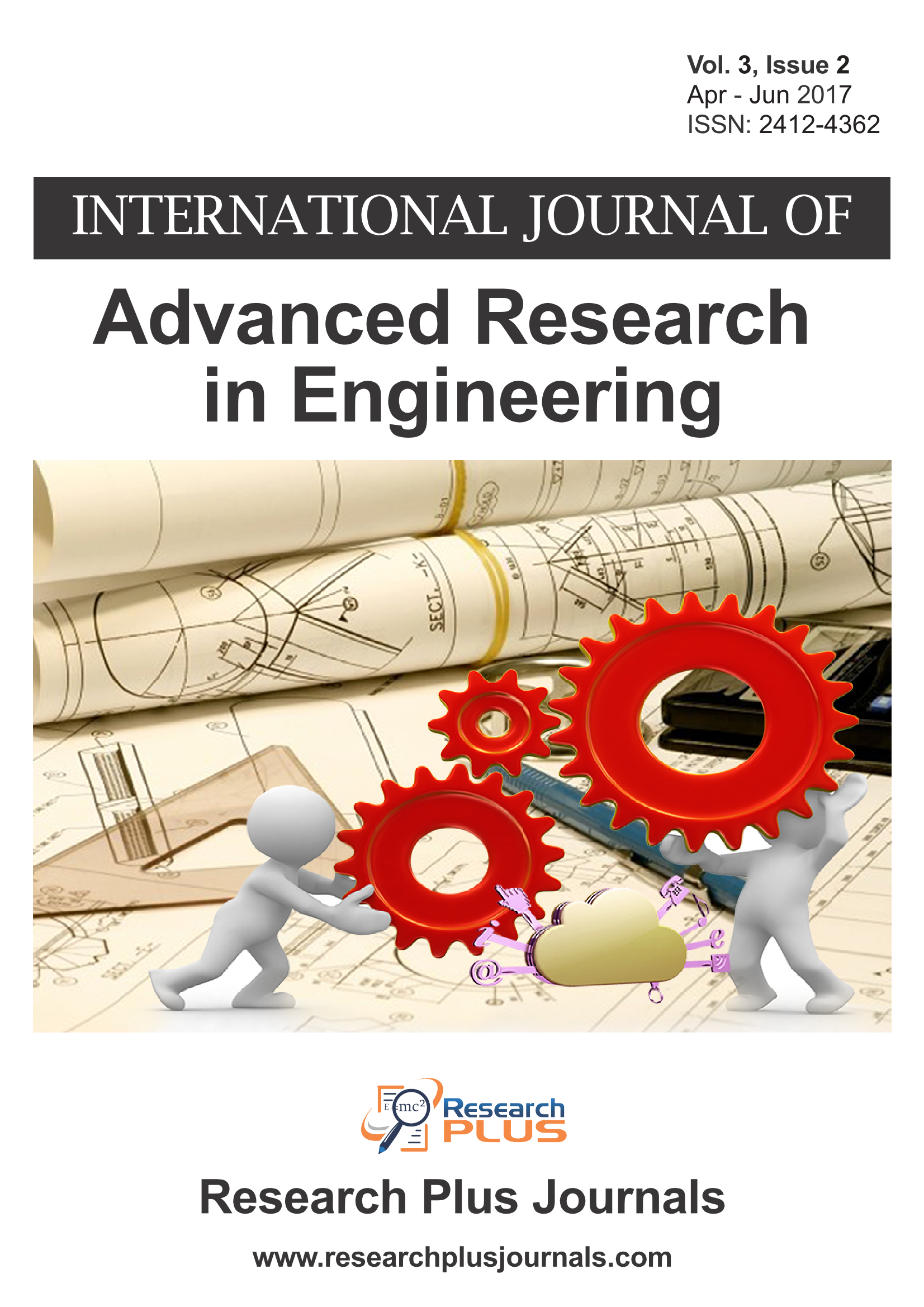Geomechanical Modeling for Creating New Technologies of Deep Hydrocarbon Fields Development
Abstract
Abstract— The paper presents the results of the experimental investigation of the rock physical properties in relation to issues of creating scientific fundamentals for new hydrocarbon production technologies. Nowadays easily accessible deposits of oil and gas which lies at depths of 2-3 km are gradually being depleted. The production of hydrocarbons from unconventional sources becomes all the more urgent. These include shale gas and oil, Arctic hydrocarbon resources, gas hydrates, coal bed methane, oil and gas from deep horizons. The development of such deposits requires the creation of new technologies. The knowledge of mechanical and filtration properties of rocks lying at great depths is needed for creation of the new oil production technologies. The investigation of the dependence of well stability and permeability of rocks on the stress-strain state which is determined by the pressure in the well and its bottom hole design in conditions of high rock pressure is required also. For the first time the tests of reservoir rocks from the depths of more than 6 km were carried out on the true triaxial load system. The real conditions that occur in the vicinity of the borehole for various bottom designs at lowering pressure were experimentally simulated on the unique experimental facility, Triaxial Independent Load Test System built in the Institute for Problems in Mechanics of the Russian Academy of Science. It is found that the possibility to improve the production rate of a well by increasing pressure drawdown in a well exists despite the low permeability and high strength of such rocks.
Index Terms— deep reservoirs, rock, well, the test facility, deformations, stresses, strength, elastic moduli.

This work is licensed under a Creative Commons Attribution-ShareAlike 4.0 International License.
Copyright & License
All Research Plus Journals (RPJ) publish open access articles under the terms of the Creative Commons Attribution (CC BY-SA 4.0) https://creativecommons.org/licenses/by-sa/4.0/ License which permits use, distribution and reproduction in any medium, provided the original work is properly cited & ShareAlike terms followed.
Copyright on any research article in a journal published by a RPJ is retained by the author(s). Authors grant RPJ a license to publish the article and identify itself as the original publisher. Upon author(s) by giving permission to RPJ either via RPJ journal portal or other channel to publish their research work in RPJ agrees to all the terms and conditions of https://creativecommons.org/licenses/by-sa/4.0/ License and terms & condition set by RPJ.
3rd party copyright
It is the responsibility of author(s) to secure all necessary copyright permissions for the use of 3rd-party materials in their manuscript.
Disclaimer
Research Plus Journals Open Access articles posted to repositories or websites are without warranty from RPJ of any kind, either express or implied, including, but not limited to, warranties of merchantability, fitness for a particular purpose, or non-infringement. To the fullest extent permitted by law RPJ disclaims all liability for any loss or damage arising out of, or in connection, with the use of or inability to use the content.
















